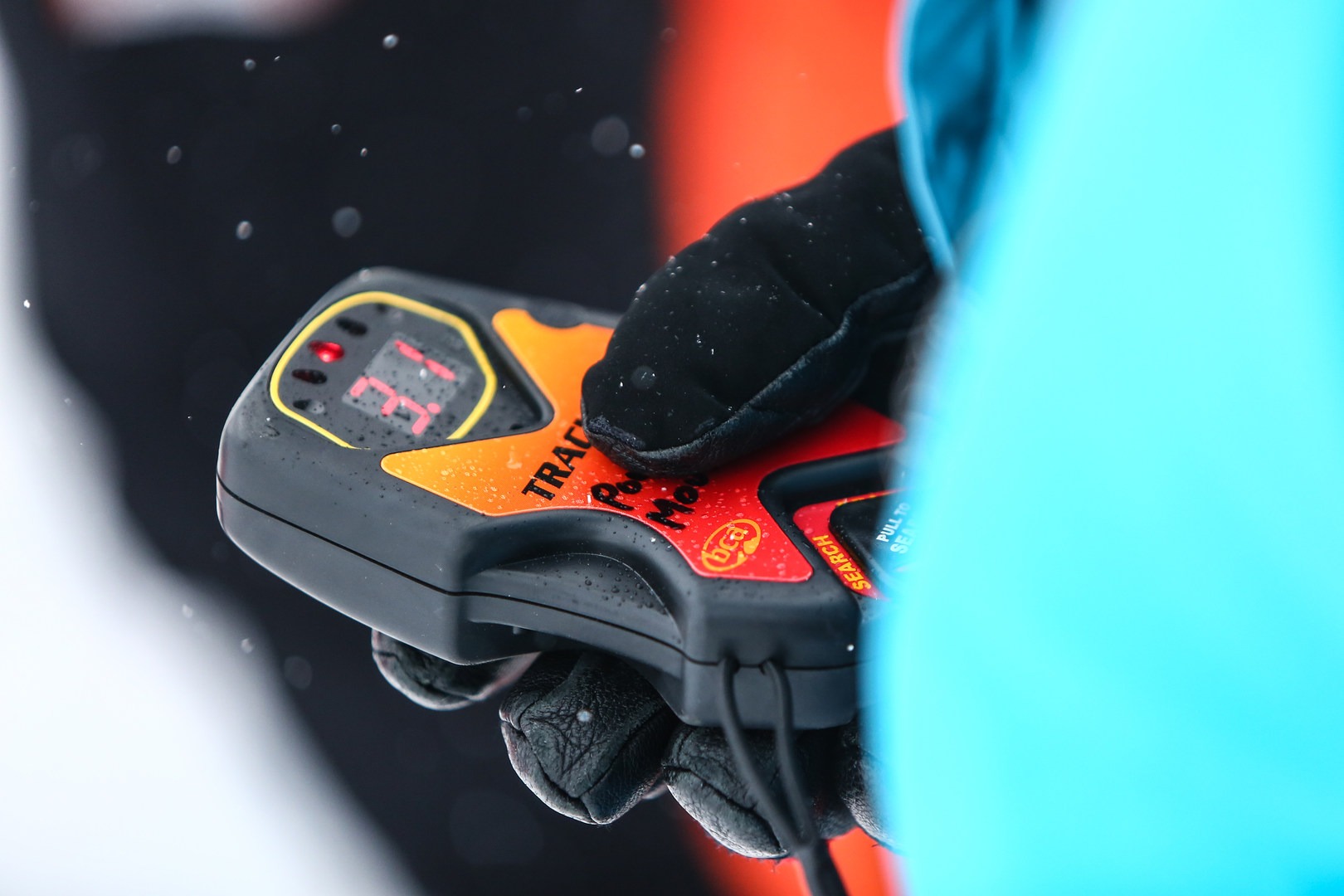You are here
You’re ready. You’ve been shredding the resorts since you were a kid, quickly progressing from the bunny hills to the blue runs with mom and dad, and then riding the steeps and the terrain park with your friends when mom and dad couldn't keep up anymore. You get up ridiculously early to get first chair and ride tree laps on storm days, and you often hike to get a few extra pow turns when the sun is out and everything else is tracked out.
All this time you’ve been seeing photos and videos and hearing stories about a magical place called the backcountry, where you don’t have to race for your face-shots or desperately search for a tiny pocket of leftover snow in a forgotten corner of the ski hill just for a single slash. You’re not afraid to put in the work to "earn your turns," because after all, it’s about quality over quantity; at the end of the day you’ll only remember the incredible lines you rode, and you'll quickly forget the pain and suffering of hauling yourself up to the top each time.
But you also know that the dangers of backcountry are not to be taken lightly, and that the most important thing is that you and your friends live to ride another day.
So you go out and buy yourself a full set-up of touring gear, and sign up for an avalanche skills training course, where you learn about the dangers you’ll be facing when you venture outside the ski area boundary. You spend some time practicing with your new transceiver, probe, and shovel so that if you or any of your crew are unlucky enough to be buried by an avalanche, you’ll be able to locate and dig each other out. You may have also learned a little bit about how to evaluate the snowpack and the terrain so that you can make wise decisions and avoid that situation.
You are now ready to take the next step and get a taste of the backcountry lines that you’ve been salivating over for so long...but hang on a second.
What happens after you dig your new ski touring friends out of the snow? What will you do if they are unconscious and aren’t breathing? What if they have life-threatening injuries? Or perhaps they have non-life-threatening injuries but are immobilized and are unable to ski down to the car?
In the culture of backcountry skiing and snowboarding, it is the ultimate sin for anyone to go into the backcountry without a beacon, probe, shovel, and the training and skills required to effectively use them. And while avalanche rescue training is fantastic and is absolutely necessary for anyone traveling through avalanche terrain, it doesn’t address the aftermath of the hypothetical avalanche scenario it trains us for. The majority of skiers who are caught in an avalanche will suffer some sort of injury, and avalanches are not the only hazard associated with backcountry skiing. And when an injury happens in the backcountry, there will not be a friendly ski-patroller with a toboggan to give you a ride down to the waiting ambulance.
First aid training, the proper equipment, and emergency evacuation planning are also important things to consider for those who are serious about keeping themselves and their companions safe. Even if your group makes all the right decisions and successfully avoids the hypothetical avalanche scenario, there are many other ways to get injured, lost, or trapped while exploring the mountains. Without proper preparation, a funny story or a small injury could turn from a minor annoyance into a life-threatening situation.
During more than 12 years of enjoying the backcountry, I have (knock on wood) yet to be involved in an avalanche burial situation; however, I have unfortunately been involved in a handful of accidents requiring search-and-rescue (SAR) evacuations, as well as some long and painful rides back to the parking lot following injuries that could have been much worse. In Canada, we are very lucky to have access to incredible search-and-rescue teams who work extremely hard to ensure we don’t pay for our mistakes with our lives (donate to your local SAR!). But even with these professionals doing their best to bring everyone home alive, it isn’t always possible for them to get to us. Even when they can, the response time is at least an hour or two in the best of conditions.
A lot can happen in an hour or two.
You are your friends’ best chance of surviving a serious incident. Take a first-aid course and bring a well-stocked kit on your backcountry adventures. Think about what you might be able to use to fashion a splint or a sling. When you’re checking the forecast and packing your extra food and layers, consider what you might need to stay warm and fed for the night, even if you’re just out for the day. If possible, have an emergency GPS locator device on hand, and consider what it would take to evacuate an injured person back to the car from where you’re skiing. And of course, bring your avalanche gear and get as much education as possible so that you know that you can use it effectively.






Comments
Sign In and share them.